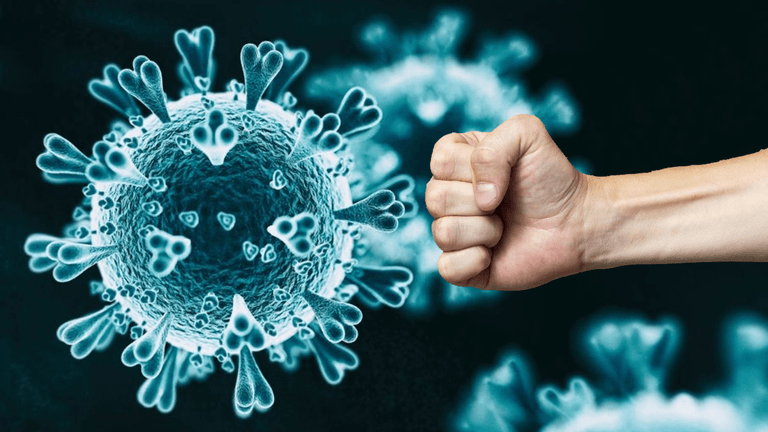Current evidence suggests that people with underlying conditions such as chronic respiratory illness including asthma (moderate-to-severe), obesity, diabetes, or cancer, are at higher risk of developing severe disease and death than people without other health conditions.

There are several actions and requirements that should be reviewed and put in place to prevent the introduction and spread of COVID-19 in training institutes and into the community, and to ensure the safety of doctors and staff while at training institutes.
WHO recommends the following:
Community-level measures: Carry out early detection, testing, contact tracing, and quarantine of contacts; investigate clusters; ensure physical distancing, hand and hygiene practices, and age-appropriate mask use; shield vulnerable groups. Community-led initiatives such as addressing misleading rumors also play an important role in reducing the risk of infection.
Policy, practice, and infrastructure: Ensure the necessary resources, policies, and infrastructure, are in place that protect the health and safety of all training institutes personnel, including people at higher risk.
Behavioral aspects: Consider the age and capacity of students to understand and respect measures put in place.
Safety and security: Training institutes closure or re-opening may affect the safety and security of students and the most vulnerable doctors may require special attention, such as during pick-up and drop-off.
Hygiene and daily practices at the training institutes operation theatre and classroom level: Physical distancing of at least 1 meter between individuals including spacing of desks, frequent hand and respiratory hygiene, age-appropriate mask use, ventilation, and environmental cleaning measures should be in place to limit exposure. Laparoscopic training institutes should educate staff and students on COVID-19 prevention measures, develop a schedule for daily cleaning and disinfection of the training institutes environment, facilities, and frequently touches surfaces, and ensure availability of hand hygiene facilities and national/local guidance on the use of masks.